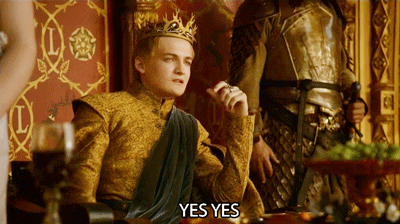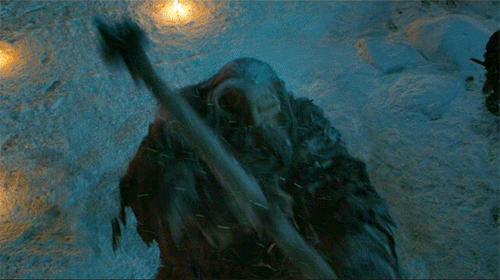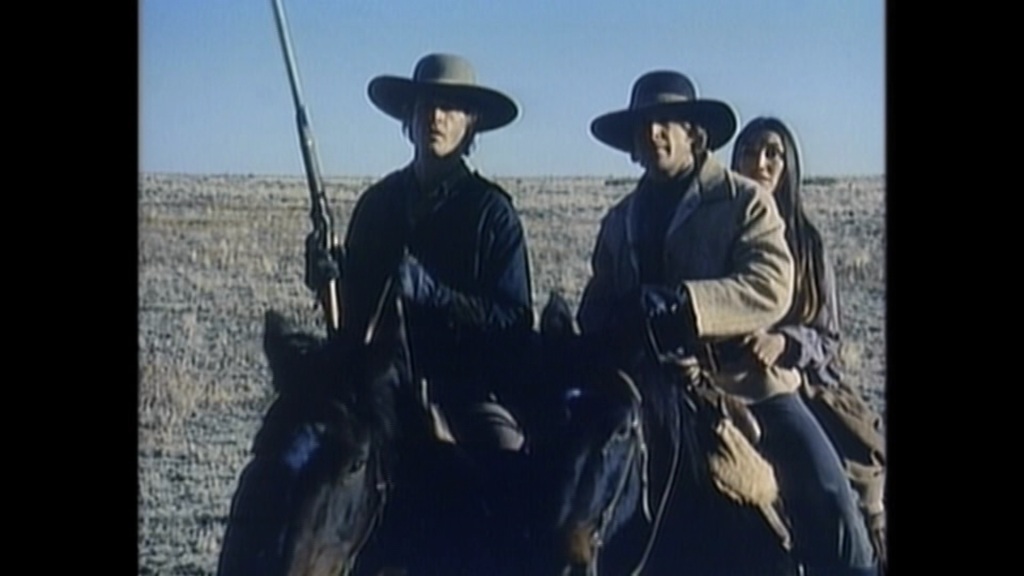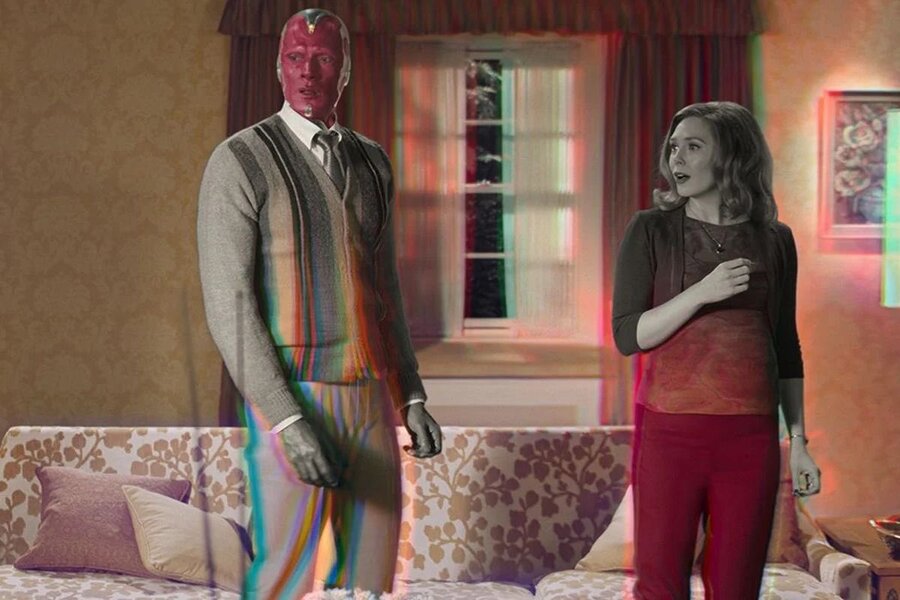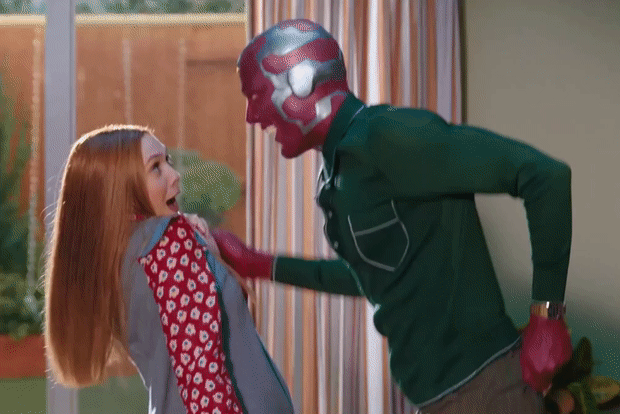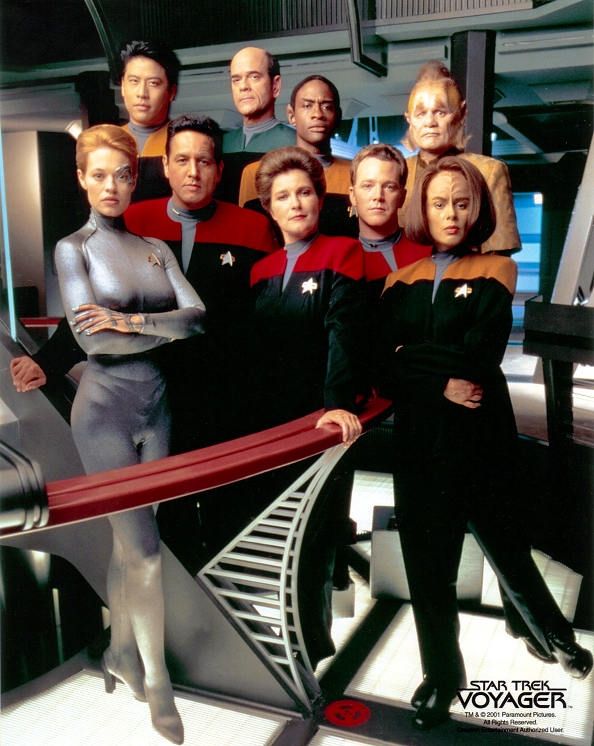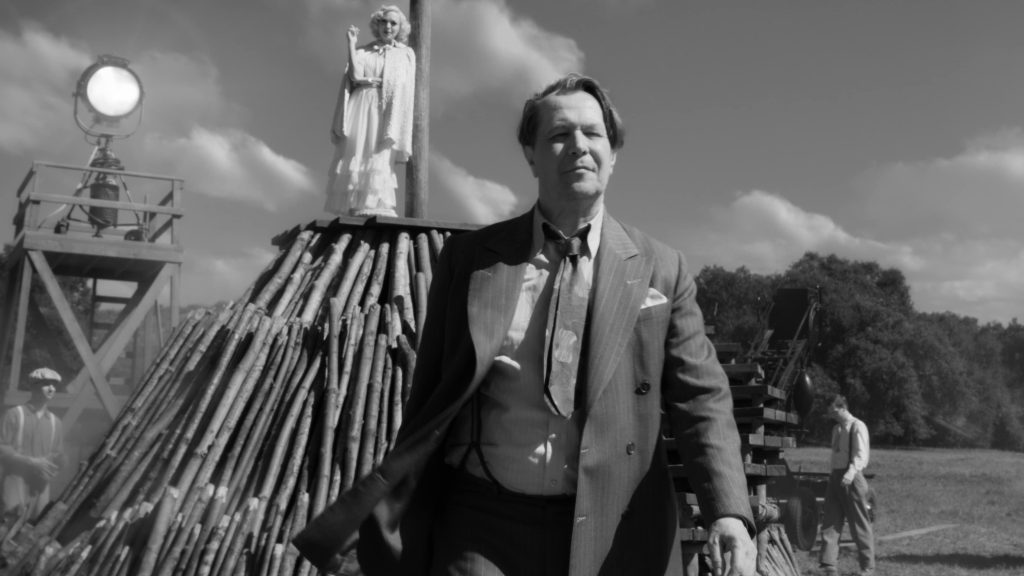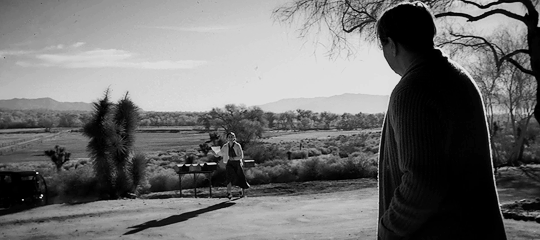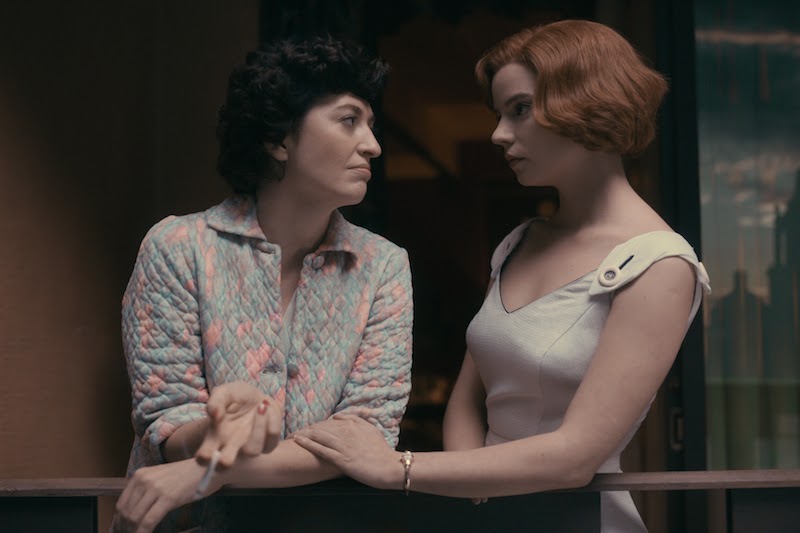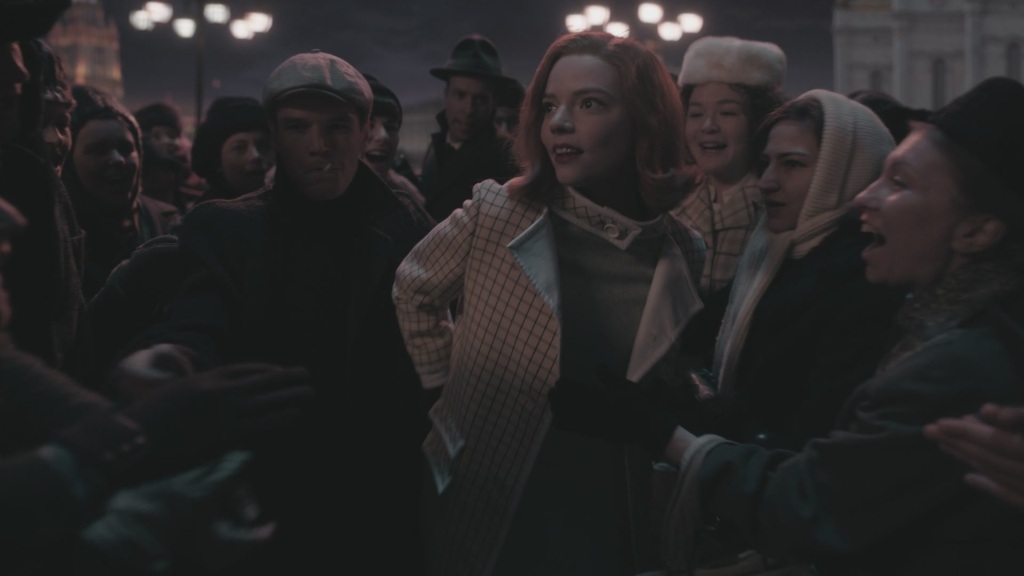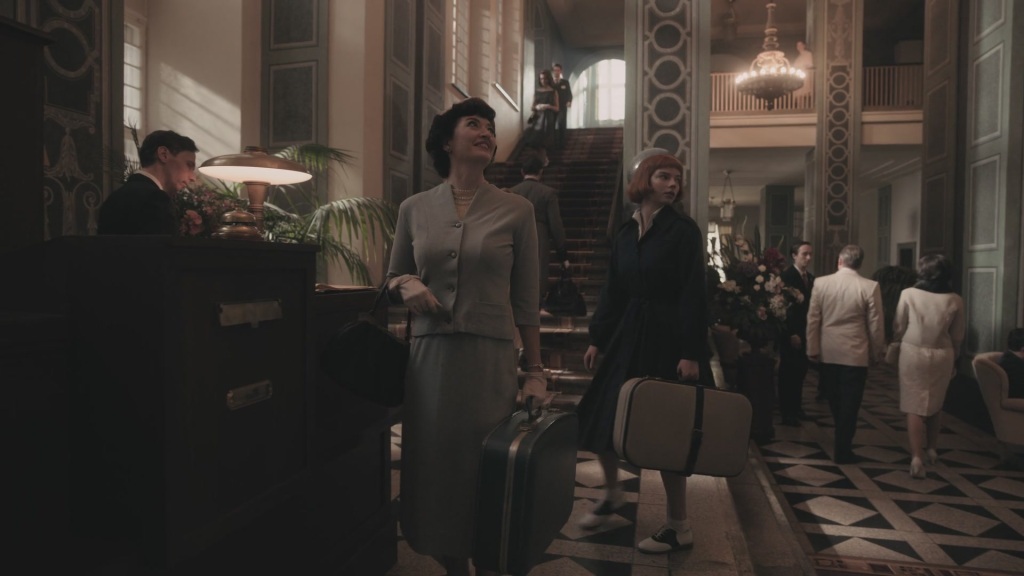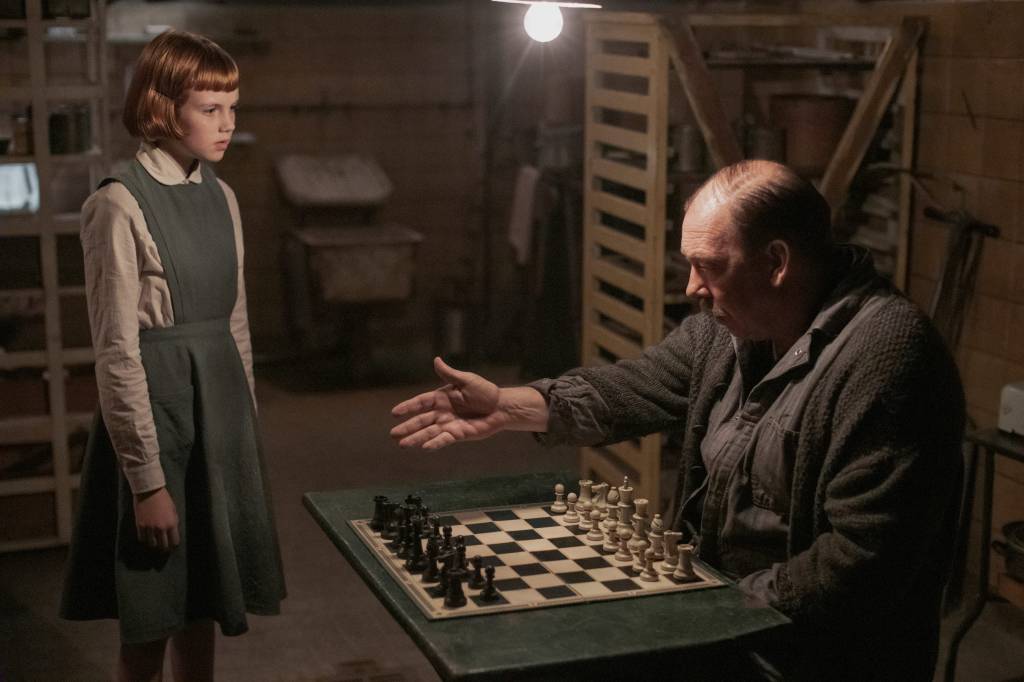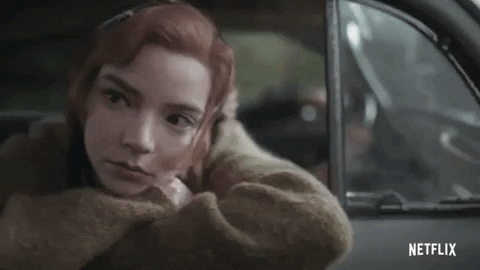
TIME MACHINE: THE ARREST AND TRIAL OF SARA LUCY BAGBY
One hundred and sixty-one years ago, an African American woman named Sara Lucy Bagby became the last fugitive slave the last person in the United States forced to return to slavery in the South under the Fugitive Slave Act before the outbreak of the U.S. Civil War. Her arrest proved to be one of the last incidents before the Fort Sumter bombardment in South Carolina.
Sometime in 1843, Sara Lucy or “Lucy” was born in Virginia – probably in Richmond. A slave trader named Robert Alois sold “Lucy” to a citizen of Wheeling, Virginia (now West Virginia) named John Goshorn on January 16, 1852. Goshorn transferred ownership of Lucy to his son, William Scott Goshorn, on November 8, 1857. Lucy finally discovered her chance to escape from Virginia on October 3, 1860; after William Goshorn had departed for a business trip to Minnesota.
Although pregnant at the time, Lucy made her escape by crossing the Ohio River into Pennsylvania. With the help of the Underground Railroad, Lucy arrived in Beaver, Pennsylvania before moving to Pittsburgh. She created a story that Goshorn’s daughter, Isabella, had brought her up north and into Pennsylvania where she freed Lucy because they were in a free state. Lucy finally settled in Cleveland where she became a domestic servant at Congressman-Elect Albert G. Riddle‘s household. However, by early January, Lucy found herself working in the home of professional jeweler Lucius A. Benton. William Goshorn managed to track down Lucy’s whereabouts and arrived in Cleveland on January 16, 1861. Three days later on January 19, Goshorn, his son and the U.S. marshals appeared at Benton’s home and arrested Lucy, evoking the Fugitive Slave Act of 1850.
While Lucy spent five days waiting for her trial inside a jail at Cleveland’s Federal building, some people tried to ensure her escape or release. Many from the city’s African-American community plotted to help her escape from jail. Some kept vigil outside her cell. Sixty black men tried to break into the building and free Lucy, but were beaten back by the police armed with clubs. William E. Ambush, Chairman of the Fugitive Aid Society, tried to raise $1,200 to purchase Lucy from Goshorn, but the latter refused to sell her.
Cleveland was considered a pro-abolitionist community by the end of the 1850s. In fact, during the last two or three decades, Northern Ohio was regarded as a stronghold of abolitionist sentiment in that part of the country. However, Lucy had been arrested during a period known as the Secession Winter – the time between Abraham Lincoln’s election in November 1860 and inauguration, when some of the Deep South states had broken away from the Union to form the Confederacy States of America. By the time of Lucy’s arrest in Cleveland, four states had seceded – South Carolina, Mississippi, Florida and Georgia. The latter seceded on the day of Lucy’s arrest. Instead of pushing for Lucy’s release or escape, the majority of Cleveland’s white community were more interested in upholding the Fugitive Slave Act. Many helped the local law enforcement prevent the city’s black community from trying to free Lucy. The majority of the city’s white citizens had hoped cooperation with Goshorn and the Federal government would restore the Union and convince the seceded states and the rest of the South that the North was not interested in abolishing slavery. In fact, Goshorn had expressed gratitude toward the city for its citizen’s kind treatment in the following comment published in The Cleveland Herald:
“Before leaving Cleveland for home, we feel it a duty to the citizens of Cleveland, as well as to ourselves, to express our unfeigned gratitude for the uniform kindness with which we have been treated. Nothing but courtesy has been shown us by all of your citizens, who have even shielded us from the insults of your colored population — as an instance of which we will refer to an incident which occured this morning at the breakfast table of the Weddell House. A negro waiter refused to serve us, and upon the fact being known to Col Ross, the proprietor of the House, the waiter was promptly discharged, and ordered to leave the house.”
On January 23, 1861; Lucy was brought before Probate Judge Daniel R. Tilden. A.G. Riddle, C.W. Palmer and Rufus P. Spalding, a former member of the Ohio Supreme Court, served as her counsel. Since the Goshorns had all the documents proving ownership of Lucy, Tilden had no choice but to enforce the Fugitive Slave Act, much to the dismay of Cleveland’s black community and those white citizens who had supported her. Following the trial, U.S. marshals escorted Lucy and the Goshorns on the train journey back to Wheeling, Virginia. A plot to rescue her by a large group of black supporters was discovered. The train’s conductor thwarted the attempt by skipping the scheduled stop where the rescue was to occur.
Lucy faced punishment by the Goshorns upon their return to Virginia. Later, her child shared her fate of being born into slavery. The efforts of the majority of Cleveland’s white citizens proved to be in vain. Their support of William and John Goshorn did not save the Union from breaking apart. Two more states – Louisiana and Texas – had seceded by February 1, 1861. One week later, the Confederate States of America formed in Montgomery, Alabama. Civil war broke out following the Confederacy’s bombardment of the U.S. fortification, Fort Sumter between April 12 and 13, 1861. And four more states – Virginia, Arkansas, North Carolina and Tennessee – left the Union between April and June 1861.
While traveling south with her owner in 1863, an encounter with a Union Army officer and his troops resulted in Lucy’s permanent freedom. She and her child traveled north to Pittsburgh and lived there for several years. She married a Union Army veteran named George Johnson after the war. Later, Lucy and her family settled in Cleveland for good. In 1906, Lucy finally passed away at the age of seventy-three (73).
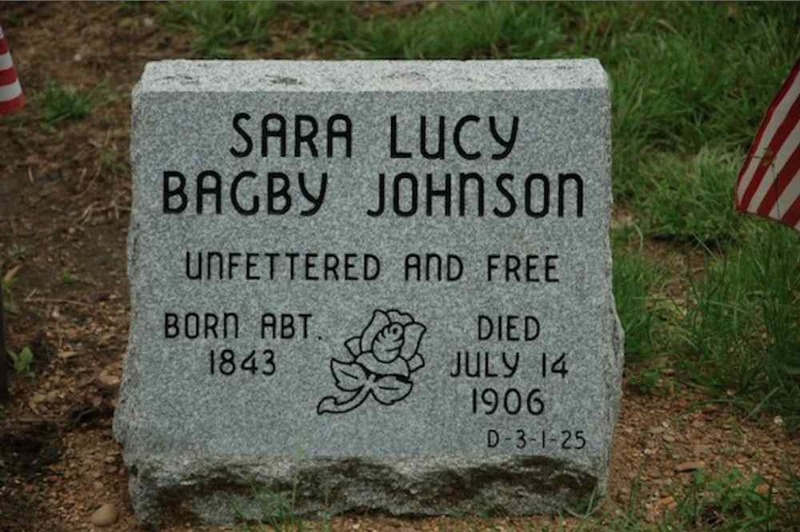
Filed under: Essay, History | Tagged: antebellum, civil war, gilded age, history, politics, progressive era, travel | Leave a comment »



